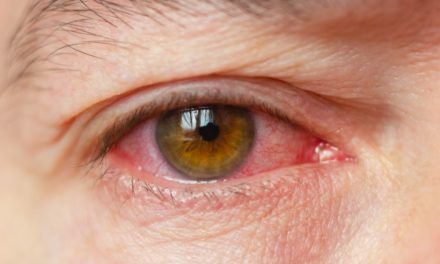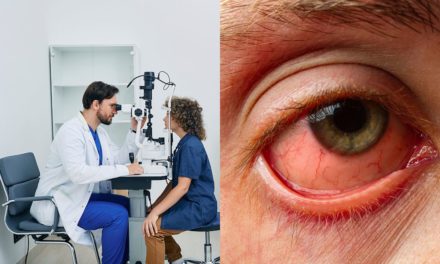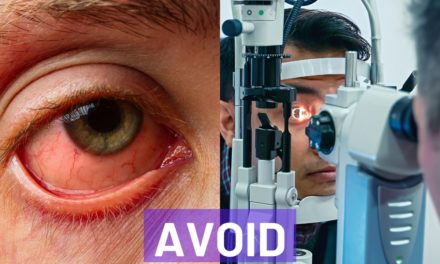Introduction
In our modern world, where screens dominate our lives and we are constantly surrounded by visual stimuli, our eyesight is more vulnerable than ever. Poor vision, also known as nearsightedness or low vision, is a condition that affects millions of people worldwide. It can interfere with daily activities, reduce productivity, and reduce quality of life. In this article, we will examine vision impairments, their effects on individuals, and preventive measures to maintain healthy vision.
Types of low vision
Visual impairment can manifest in a variety of forms, including myopia (nearsightedness), hyperopia (farsightedness), astigmatism, and presbyopia (age-related vision loss). Each of these conditions affects the eye’s ability to focus properly, causing blurred vision and difficulty seeing objects clearly at different distances.
Effects on daily life
- Academic and professional challenges: Children and adults with low vision often face challenges in educational and professional settings. The inability to see clearly can interfere with reading, writing and computer work, affecting learning and work performance.
- Low mobility: Poor vision can affect spatial awareness, making it difficult to navigate the environment safely. Activities such as driving or walking in unfamiliar areas can be difficult and dangerous.
- Stay away from people: Visually impaired people may experience social isolation due to difficulties recognizing faces and communicating with others, leading to feelings of isolation and exclusion.
Stress and fatigue
People with poor vision often experience eye strain and fatigue. Constantly straining to see can cause headaches, eye strain and reduce productivity. Prolonged stress can also contribute to the development of more serious eye conditions.
Increased risk of eye diseases
People with poor eyesight are at a higher risk of developing eye diseases such as cataracts, glaucoma and macular degeneration. Regular eye examinations are essential to detect these conditions early and prevent further deterioration.
Prevention and Management
- Regular eye examination: Even for people with apparently normal vision, routine eye exams are extremely important. Early detection of eye problems can lead to prompt treatment and prevent further deterioration.
- Balanced diet: A diet rich in antioxidants, vitamins and minerals can support eye health. Foods like leafy vegetables, fish, and citrus fruits benefit eyesight.
- Eye exercises: Specific eye exercises can help strengthen eye muscles and reduce eye strain. The 20-20-20 rule (looking at an object 20 feet away for 20 seconds every 20 minutes) can relieve eye fatigue caused by prolonged screen time.
- Adequate lighting: Ensuring adequate lighting while reading or working can significantly reduce eye strain.
- Limit screen time: Reducing screen time and using devices with blue light filters can reduce the negative effects of digital screens on eyesight.
Result
Poor eyesight is a common condition that can significantly affect a person’s life. Understanding its different forms, its impact on daily life, and taking preventive measures are important steps to maintaining healthy vision. Regular eye exams, a balanced lifestyle, and conscious efforts to protect our eyes from stress and harmful stimuli are key to preserving the precious gift of our sight for years to come.










